Scientists may have detected the gravitational waves from a collision that occurred nearly a billion years ago between a black hole and a neutron star. This cosmic event likely generated ripples in space-time, which were detected by LIGO in the U.S. and Virgo in Italy. The discovery, still awaiting confirmation, could mark the third observed gravitational wave detection, following earlier collisions of black holes and neutron stars. Gravitational waves, first theorized by Albert Einstein in 1915, were only observed in 2015, a hundred years after he predicted them.
Capturing Gravitational Waves: A New Era of Observation
Until recently, gravitational waves were considered nearly impossible to detect due to their faintness against Earth’s background noise. However, in 2015, LIGO succeeded in detecting waves from the collision of two black holes 1.3 billion light-years away, a discovery that affirmed Einstein’s theory of general relativity. In 2017, LIGO and Virgo captured a second event—waves from two neutron stars colliding. The possible detection of a third event, where a neutron star merges with a black hole, would mark a significant achievement in gravitational wave research, completing the anticipated “trinity” of cosmic crashes.
Since black holes exert gravitational forces strong enough to prevent even light from escaping, scientists are conducting follow-up studies to confirm the detection by searching for residual X-ray or ultraviolet light from the neutron star. If the neutron star managed to survive the initial stages of the merger, it may have released visible light before being fully consumed, which would provide conclusive evidence for the collision.
This recent event has stirred interest not only because of its rarity but also due to questions surrounding the identity of the object that collided with the black hole. While scientists believe it is a neutron star, there remains a possibility that the object could be a “light” black hole—an object less massive than any black hole previously observed. Such a discovery would be groundbreaking, introducing a new type of black hole to study and reshaping existing theories about black hole formation.
The detection of gravitational waves isn’t without challenges. Gravitational-wave detectors, like LIGO and Virgo, often pick up background noise that can mimic a signal. A possible neutron star-black hole collision detected was determined to be a false alarm, underscoring the need for rigorous data analysis. However, scientists are optimistic about this latest detection since the signal’s strength suggests it’s unlikely to be just background noise. The odds of an error of this magnitude are estimated to be once in a period longer than the age of the universe, making this event a promising candidate for genuine gravitational waves.
As researchers refine their techniques and continue to search for evidence, this potential discovery offers an exciting glimpse into the cataclysmic events that shape the cosmos. Whether it’s a neutron star or a new kind of black hole, this detection is likely to provide valuable insights into the behavior of black holes, neutron stars, and the nature of space-time itself.



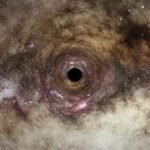
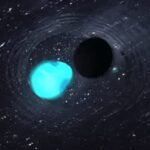
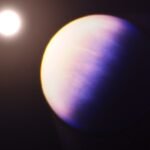
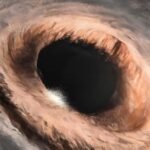
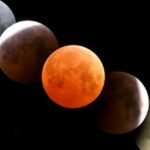
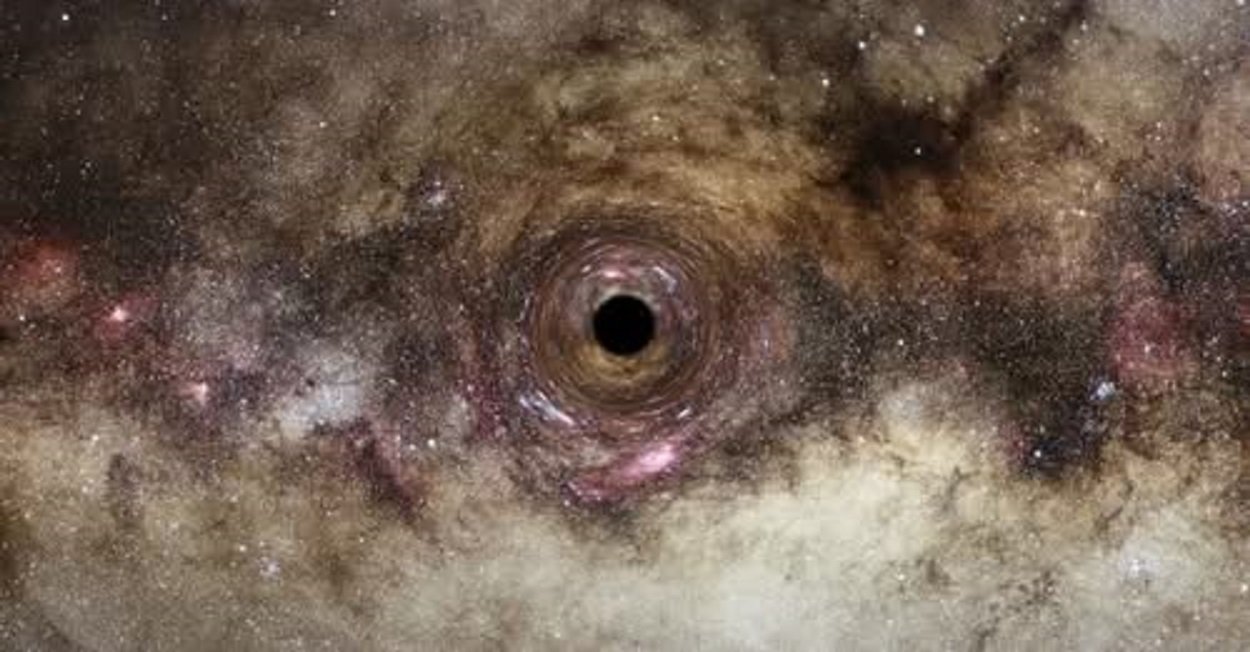
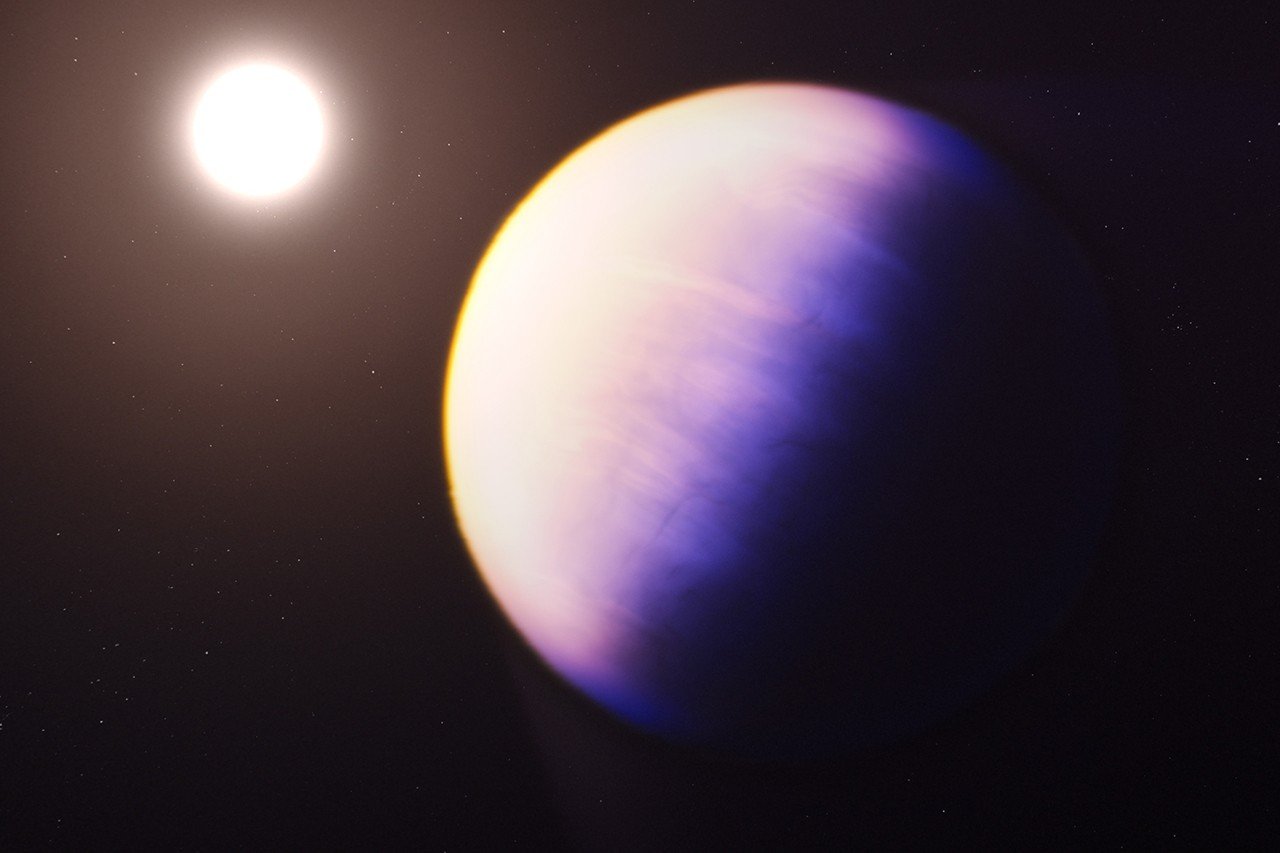
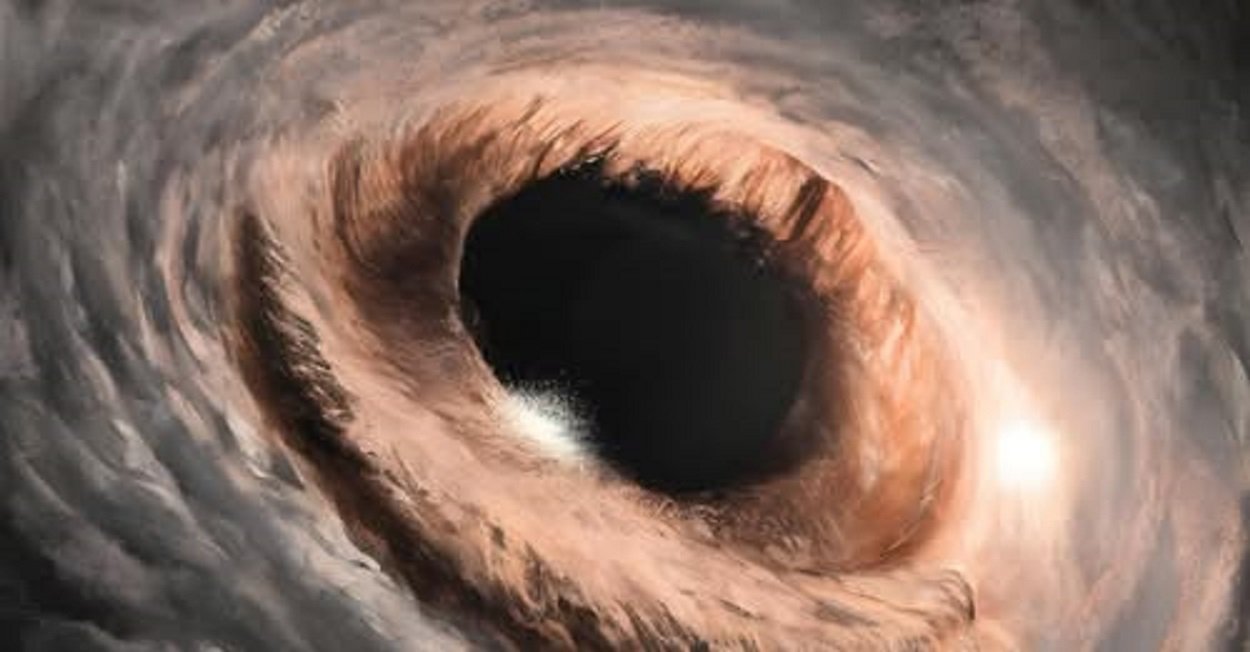
Leave a Reply